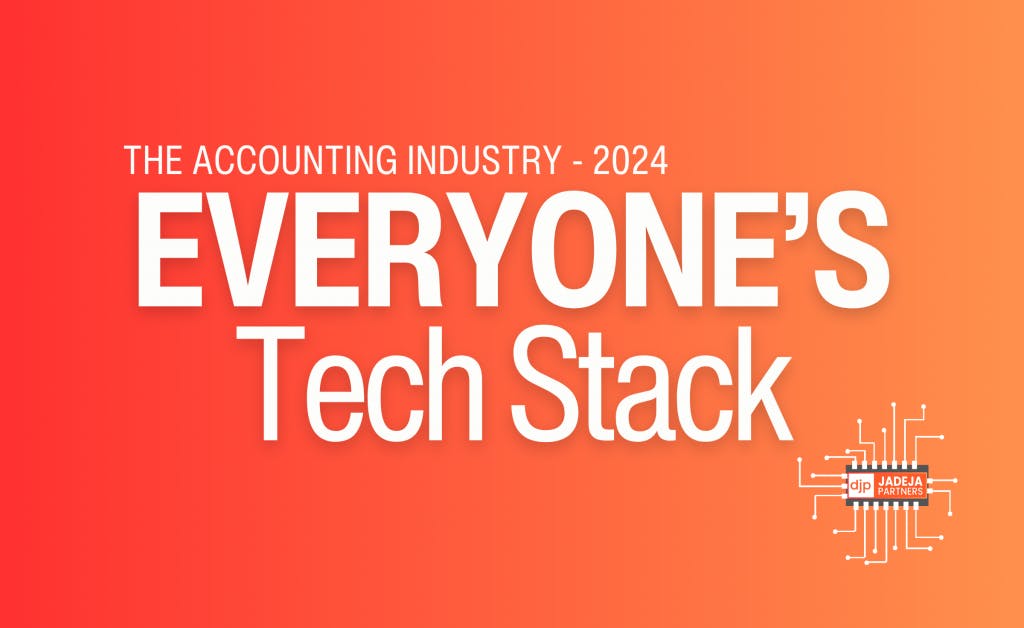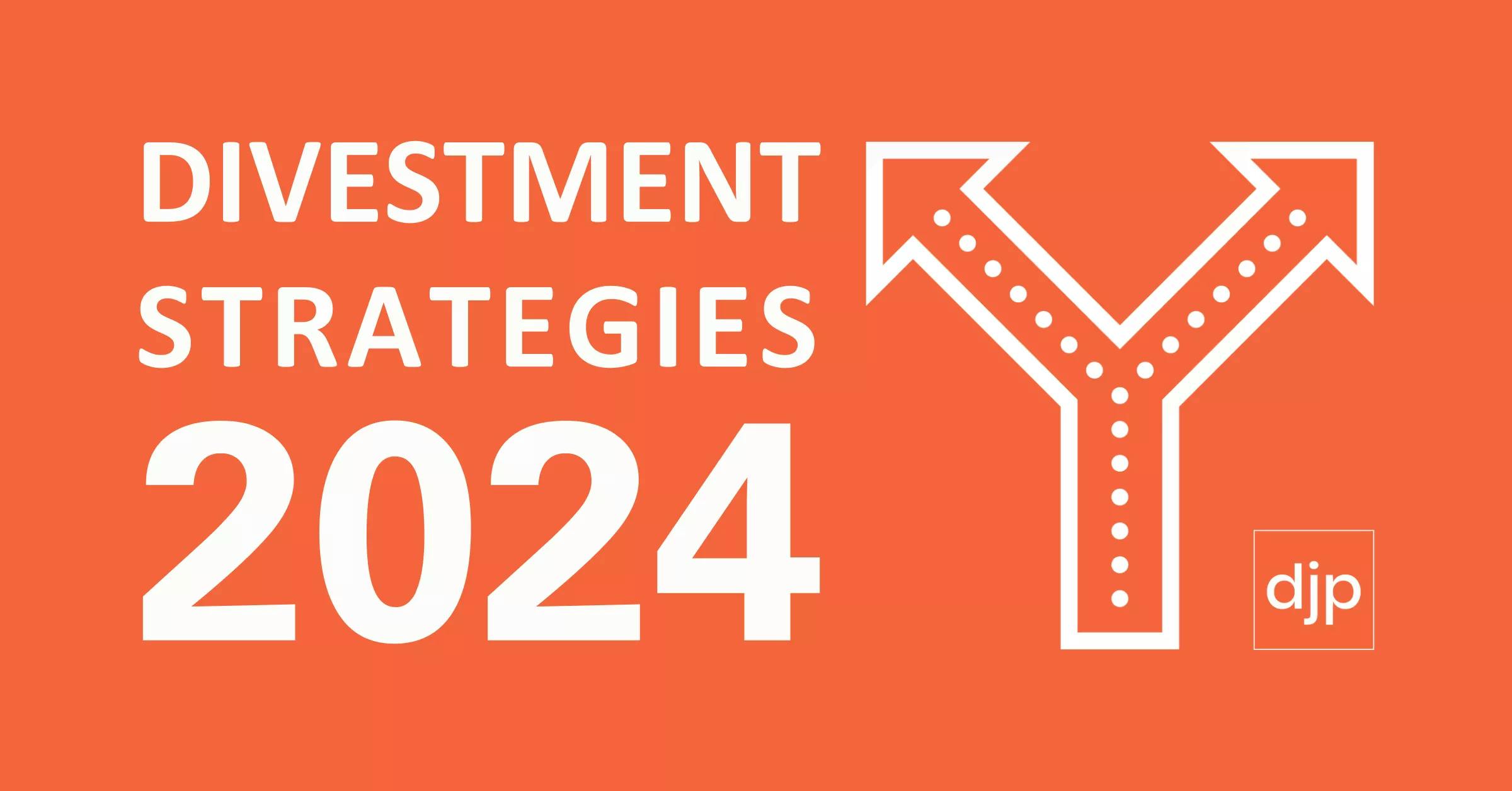Catching the Wave … or Not #2 What’s the New Business Model? In our second interview with Craig Henshaw, the Principal of Merger Transition Management, in light of his comments in the first dialogue, we pose the question to him: “if the old business model is unsustainable, what is the new sustainable business model going […]
Catching the Wave … or Not #2
What’s the New Business Model?
In our second interview with Craig Henshaw, the Principal of Merger Transition Management, in light of his comments in the first dialogue, we pose the question to him: “if the old business model is unsustainable, what is the new sustainable business model going forward?”
Jadeja Partners (JP): Thanks for your time again, Craig. Many practitioners would challenge some of the predictions and assertions about the future of Practice in Australia you made in our previous discussion. How do you respond to that?
Merger Transition Management (MTM): It would be disturbing if there wasn’t disagreement, and hopefully passionate and informed discussion, about many of those points.
At MTM, we don’t claim to have cornered the market on either strategy or wisdom, but we do try to see and respond to both the forest and the trees. And, just to completely mix the metaphors, we also like to try to see out to the predictable horizon: it can be very hard to turn a boat quickly, particularly if you have to fundamentally modify the type of boat you’re in so you can navigate an unfamiliar and stormy ocean.
JP: So what is the ‘new boat’? How does the business model have to change?
MTM: I don’t believe there are any quick or ‘one-size-fits-all’ answers, but I do think there are some general principles that can provide guidance regarding what changes to make. We covered them in dot point form in the first discussion:
- Going Up the Food Chain – Combining Trust with Business Advisory Services
- Get Ultra Efficient or Get Niche – a Lesson from Michael Porter
- In-House or Outsource? – Trust your Relationship Skills
- Choose Your Targets – a Lesson from Philip Kotler
Leverage Trust – Financial Planning & Business Advisory
As we discussed in the previous session, the Financial Planning industry has dropped the ball on this fundamental issue of trust.
And, if a Practice elects to establish a financial planning operation, an important part of the leverage opportunity is not just reputational strength; but also the prima facie ability to assist clients with both Wealth Planning and its Tax implications (as we discussed last time). This is very difficult for a non-Tax practitioner to counter.
The implication here is that Practices should include words like “trust”; “assurance”; “confidence”; “independence”; and “tax-qualified” in their marketing collateral and their dialogue.
JP: And what about Business Advisory? What opportunities are there for Practices in that space?
MTM: The Business Advisory shift will often be more difficult. First of all a Practice has to decide the scope
of services they want to offer. This isn’t always obvious because, as a practical matter, it has to be a combination of what the current and potential client base wants (and will buy from you) and the expertise the Practice can immediately bring to these offerings.
For example, as the average age of (particularly the good) clients increases there will be an increasing need for Succession Management and Estate Planning services, including M&A services related to sales of businesses. This area can be difficult for Practitioners because the timeframes, results and mix of services required are fundamentally different and broader than standard Accounting practice.
Once you’re confident that you can successfully deliver the set of Business Advisory services you’ve decided to offer, the next step of course is to make sure that your clients (particularly your good clients) are aware of the offering.
Ideally this will be communicated to them via regular newsletters, seminars to which you invite them, inclusion in your website and blogs, or even a full blown ‘product launch’ with a local politician or other notable.
To ensure maximum reach, you should also include key local ‘influencers’ such as Bank Managers, Lawyers and heads of Chambers of Commerce in your promotional target group.
The rewards of going up the food chain are often better margins and the risk diversification of having a wider variety of revenue sources.
JP: The next point you mentioned was “a lesson from Michael Porter”. What does that mean?
MTM: Get Ultra Efficient or Get Niche
Michael Porter is a Harvard professor of business who famously (and at a very young age!) wrote a series of three very influential books in the 1980s about strategy and in particular ‘competitive advantage’. He’s probably best known for the “Competitive Forces” model and the “Value Chain” model.
Whilst Porter doesn’t have the market on strategy and wisdom cornered either, he has given us some very useful tools to think about our businesses and to change them as necessary. One of those tools is his assertion that sustainable competitive can only be derived from either being the lowest-cost provider in your space, or having a defensible niche. His assertion is that it is very difficult to be the best at both because of the inevitable trade-offs in the two options.
If we accept this way of thinking about competitive advantage, then we have to ensure that our business is oriented to focus one rather of them and to decide what we are going to be best at. In other words, we should not try to be ‘all things to all clients’.
As an aside, at a philosophical level I have a different view to Porter: the only source of truly sustainable competitive advantage arises from your people. This logically implies that the primary requisite skill of a Practice Principal (or the head of any other kind of business) is leadership and the ability to motivate.
JP: Outsourcing is often a very contentious issue for Practices. What do you mean by: “trust your
relationship skills”?
MTM: In-house or outsource?
In my experience, a significant number of Practice Principals are reluctant to engage with, or at least very suspicious of, outsourcing services and service providers. The impression I’ve got is that they believe that outsourcing can put their relationships with their clients at risk, presumably due to either poaching or reputational damage through sub-standard service delivery.
Whilst such fears are warranted in relation to the poor behaviour and/or standards of some outsourcers, there are now a range of reputable providers in a wide range of areas.
The importance of taking a more open stance on this issue is that it can free up resources (capital and human) to focus more strongly on your ‘Porter choices’ regarding low cost or niche specialisation.
Importantly, the judicious use of reputable outsourcers does not threaten your relationships with your clients. For my own part, I remember when I first set up my SMSF more than 15 years ago, my Accountant was even then openly using an outsourcer: he (correctly) trusted the primacy of his relationship with me.
There are an increasing number of Practices (both Accounting only and Accounting and Financial Planning) that are utilising such services to enable them to focus.
JP: That’s all very well Craig, but its not entirely without risk. How do you recommend Practices make
good choices?
MTM: The first choice is to decide what is strategically important for you to provide from your Practice (insourcing) and what you can sensibly outsource.
The second choice is who to use. Selecting an outsourcer is very similar to selecting a new Practice Management system or other piece of software. The selection process can be as sophisticated or semi-formal as you like, but it will typically involve the following:
- What are the identified Requirements (including rapport with key supplier personnel)?
- What Relative Weighting should you give to each Requirement?
- Who are the Reputable Suppliers?
- What is the percentage ‘degree-of-fit’ of each Supplier to the Weighted Requirements?
JP: You seem to be referring to a number of different sources in this discussion. Who is Philip Kotler and why are you using these kinds of references?
MTM: As we discussed before, we don’t claim to have the market on strategy or wisdom cornered. In fact, I’m a bit of a bower bird in these areas: there is so much very good quality literature and thinking out there on these topics, it would be silly (not to mention counterproductive) not to take advantage of it.
Choose Your Targets – a Lesson from Philip Kotler
For anyone in the last 50 years who’s done a qualification in Marketing or involving Marketing, the name Philip Kotler will be more than familiar.
Kotler’s “Marketing Management” is the classic textbook on the subject – at one stage outselling its nearest rival by a factor of 10! It was originally published in the early 1960s and has been progressively (even ruthlessly) revised periodically to capture the seismic shifts in Marketing theory, practice and tools that have arisen over the decades.
Having said that, one of the great strengths of Kotler’s work is that it also recognises what doesn’t change. And one of the things that doesn’t change is the primacy of the client and the complement to that: there are all kinds of different clients and these can be practically grouped into “addressable segments”.
JP: What does that mean for Practices?
MTM: It can mean a wide range of things.
For example, if you choose to make the ‘Porter choice’ of being a niche operator, then you’re almost certainly not going to be able to successfully meet the needs of ‘price-conscious’ buyers. The ‘so what?’ on that is that you may have to ‘divorce’ some existing clients.
JP: Surely that’s an extreme action?
MTM: Not necessarily. Even in current operating mode, some clients cost you money. Keeping them often
has more to do with sentimentality than good business practice – and certainly that’s a choice. But it’s probably not a realistic choice as you shift your business model to accommodate higher value, higher margin services and clients.
Essentially, we can’t be all things to all clients: we have to choose. Recognising this and facing the imperatives it throws up (in combination with your ‘Porter choice’) can be a very major step in changing your business model to adapt to the changing market realities.
JP: Craig, as always thought-provoking and challenging, thank you. I believe we’re going to do one more
conversation shortly; what will that be covering?
MTM: Thanks Magnus, I appreciate the opportunity.
In the first two discussions, we’ve looked at the ‘why?’ of change (what’s driving all this disruption) and some of the ‘what?’ of change (some of the strategic choices we can make). In the third session, I’d like to share some thoughts on the ‘how?’ of change.
This change business is all very easy if you say it quickly, but making fundamental changes to how you operate your business – indeed how you think about your business – is not trivial or easy, but there are some useful guidelines that can help all of us make these seismic shifts. I’m looking forward to discussing that with you.



